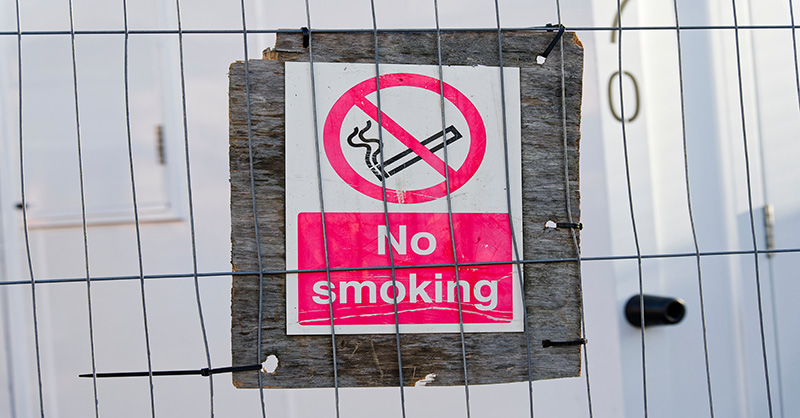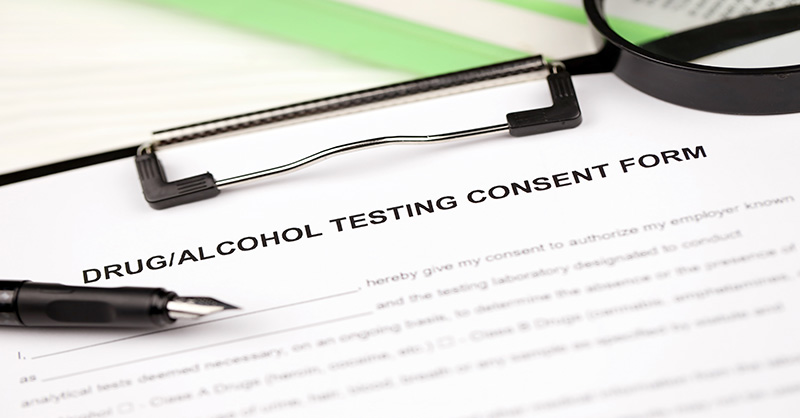Work from Home Safety – Are Businesses Responsible?

The concept of the “traditional” workplace is anything but traditional these days. Technological improvements, coupled with the COVID-19 pandemic, have forced businesses to change work arrangements.
As businesses and offices have reopened, some organizations have returned to the workplace and others are planning to return. However, some businesses plan to adopt the hybrid work environment permanently. While the shift of the workplace to primarily work from home has been a testament to the resiliency of the workforce, we’re now left to sort through many considerations from this change in workspaces.
One significant complexity around the hybrid work environment pertains to employee safety and workers’ compensation coverage for work-related injuries. Complexities can include the following:
- Are employers responsible for safety in the home of the employee?
- Does an employer even have the right to control the environment inside the home?
- When is an employee technically “at work” versus “at home”?
- Is there a point at which the employer’s responsibility for the employee ceases?
Although this may be an emerging topic in the workplace for many today, many employees were working from home before the COVID-19 pandemic. Fortunately, the controls developed back then can provide value now.
First, let’s address one key consideration in your organizational health and safety program.
Is an employer responsible for the health and safety of an employee working from home?
Yes, the employer is responsible. The Occupational Safety and Health Act of 1970 established the legal burden for an employer to furnish employment and a place of employment that is free from recognized hazards that are likely to cause death or serious physical harm to employees. The scope of the clause includes employees working at home.
Depending on where the organization is in the hybrid work environment process, this consideration could generate concern. This is especially true when attempting to control exposures to an injury outside of the traditional office where hazards are considered more controllable.
Despite the lack of regulatory language specific to work-from-home environments and case law associated with the legal responsibilities of the employer, there are a couple of assumptions that can be made.
Assumption #1 – It’s not a legal right for an employee to work from home versus working in an office. Rather, the ability to work from home is a privilege granted to an employee by an employer and privileges can be revoked.
Assumption #2 – Because federal and state workplace safety regulations hold the employer responsible for worker safety, they then also afford the employer the legal right to control workplace hazards, regardless of whether the employee is working at home or in the office.
Working from Home - Employer Obligations
With these assumptions in place, it becomes possible for an organization to consider controlling hazards in work-from-home environments. This is made possible through an agreement that an employer will provide guidance and training on how to maintain a safe work environment at home in exchange for the employee agreeing to maintain their home working environment following employer health and safety policies and procedures.
Benefits of such an arrangement can include, but are not limited to, the following:
- Boundaries that establish preservation of the employee work/life balance
- Prevention of employee fatigue/burnout
- Boundaries against confusion contributing to delayed workers’ compensation outcomes
- A static work environment that establishes consistency and comfort
Establish Work from Home Safety Policies
Taking time to create policies specific to work from home environments is critical to establishing safe work environments in home offices. Fortunately, many of the potential safety hazards found in office settings are like home settings. Incorporate safety policies from the office that apply to home office settings and develop new policies where needed. Key policy considerations include, but are not limited to the following:
- Clearly defined physical boundaries that determine when an employee is “working” and when they are not inside of their home
- Clearly defined timeframes that establish hours for when an employee is “working” and when they are not
- List of approved office furniture and equipment for use
- Establishment of a “dedicated” workspace within the home that is separate from other areas and prohibits non-work activities
- List of approved lighting equipment to be used in the office
- Electrical equipment approved for use in the office (Equipment listed with entities, such as Underwriters Laboratories (UL) and/or Factory Mutual (FM) firms)
- List of approved chemicals for use in the office
Create Effective Procedures
Once policies are established, it is important to create procedures that communicate the requirements for how your organization and employees will follow them. The procedures should be specific enough for employee protection, but not so specific that they cannot be properly followed. Read the article below for additional considerations when establishing work from home procedures.
Train Employees on Policies and Procedures
Once the policies and procedures have been written and are in place, your organization must provide specific training to each employee working from home. The training should be documented and should be refreshed to follow safety regulations and company policy.
Ensure Compliance
To ensure that both the employer and the employee maintain compliance with the established policies and procedures, your organization may want to adopt a verification process so that the employee, in exchange for being permitted to work from home, agrees to periodic verification visits that may be either announced or unannounced. That way, the organization can ensure that the employee is safely maintaining their work environment.














